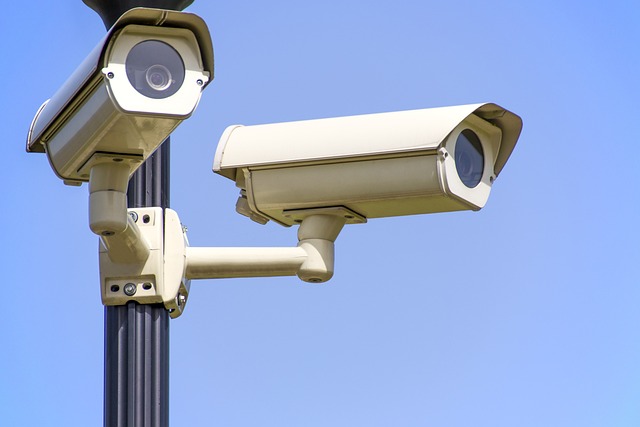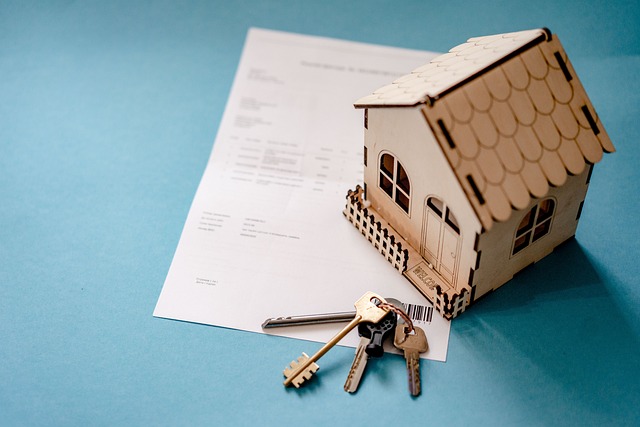When buying a home and choosing a neighbourhood to live in, safety and security is a priority for most people.
After all, you want to make sure that you and your family will be living in a safe and secure environment.
Fortunately there are many ways that you can research a neighbourhood, district or town before deciding where to buy your next home.
Here are some tips on how to check if a neighbourhood is safe and secure before buying a house:
1. Research crime statistics
Researching crime statistics is a crucial step in evaluating a neighbourhood’s safety and security.
Websites like ADT, OurWatch, NeighborhoodScout, SpotCrime, and CrimeReports provide information on the type and frequency of crime in a specific area, as well as current crime trends.
This information can help you make an informed decision about the safety and security of a neighbourhood.
It’s also a good idea to look on local community websites, read local newspapers and websites, and ask questions on area specific social media groups, such as Facebook.
2. Drive or walk through the neighbourhood
Nothing beats seeing something with your own eyes!
Observing a neighbourhood first hand can give you a more comprehensive understanding of the area.
Drive or walk through the neighbourhood during different times of the day and night (ensuring that you do it safely of course) to get a feel for the area.
Take note of well-lit and poorly lit areas, as well as any signs of vandalism, graffiti, or broken windows.
These factors can indicate that the neighbourhood may not be as safe as it appears.
Also, you’ll notice if people are having loud parties late at night, or if there’s anything that seems suspicious in the area, such as a house with a high number of visitors coming and going.
3. Talk to the neighbours
Don’t be shy – ask!
Talking to the neighbours can provide valuable insight into the community and give you a more comprehensive understanding of the neighbourhood’s safety and security.
Ask them about their experiences living in the area, as well as any concerns they may have.
Their perspectives can give you a better understanding of the neighbourhood and help you make an informed decision.
Nothing beats talking to the people actually living in the area. And if you decided to move in, you’ll have already broken the ice with your neighbours!
4. Check with the local police
The local police can provide you with valuable information about the neighbourhood’s safety.
You can drop into the nearest police station and ask to speak to an officer who knows the area.
Ask about any recent crimes or safety concerns they are aware of and what their overall impression of an area is.
The information that you can get from the police will help you make an informed decision.
5. Look for signs of community involvement
Neighbourhoods that are actively involved in their safety and security tend to be safer than those that are not.
Look for signs of community involvement, such as Neighbourhood Watch groups, community safety patrols, and local crime prevention programs.
These are all indications that the community takes safety and security seriously and is actively working to prevent crime.
If there is an active Neighbourhood Watch group, get in touch with them to ask about the area.
6. Look for well-maintained properties
A well-maintained neighbourhood with well-maintained homes and landscaping is a good sign of a safe and secure area.
Properties that are well-kept and well-maintained are less likely to attract crime or be the target of vandalism.
It shows that people are taking pride in their homes and clearly care about the area being a pleasant and safe place to live.
7. Check the level of traffic
High levels of traffic can increase the risk of accidents and make the neighbourhood less safe.
Evaluate the level of traffic on the streets and consider if it is manageable and safe for pedestrians, especially for children and the elderly.
The sound of traffic can also disturb your peace and quiet so make sure you’re happy with any road noise in an area.
8. Look for community amenities
Neighbourhoods that have community amenities such as parks, community centres, and playgrounds are often safer and more secure than those that don’t.
These amenities provide opportunities for residents to interact and get to know each other, which can increase community involvement and help prevent crime.
It also means that people will look out for each other more and keep and eye out for any suspicious characters in the area.
9. Evaluate the quality of local schools
The quality of local schools is an important factor for many buyers, especially families with children.
Good schools can indicate that the neighbourhood is respectable and a safe place to live.
Being in the catchment area for a sought after school also has a positive impact on property values, although it’ll mean you’ll have to pay more to move there.
10. Consider the proximity to emergency services
The proximity of emergency services such as fire stations and hospitals can impact the safety and security of a neighbourhood.
Consider how far the nearest fire station and hospital are and how quickly emergency services can reach the area in case of an emergency.
Conclusion
In addition to these tips, you can also take advantage of other resources, such as online forums and real estate agents’ websites.
These resources and the ones mentioned earlier in this piece can provide you with valuable information and help you make an informed decision about an area and whether it’s a safe place to move to.
Evaluating a neighbourhood is a critical step when buying a home.
By following these tips and using available resources, you can make an informed decision and ensure that you and your family are living in a safe and secure environment.











